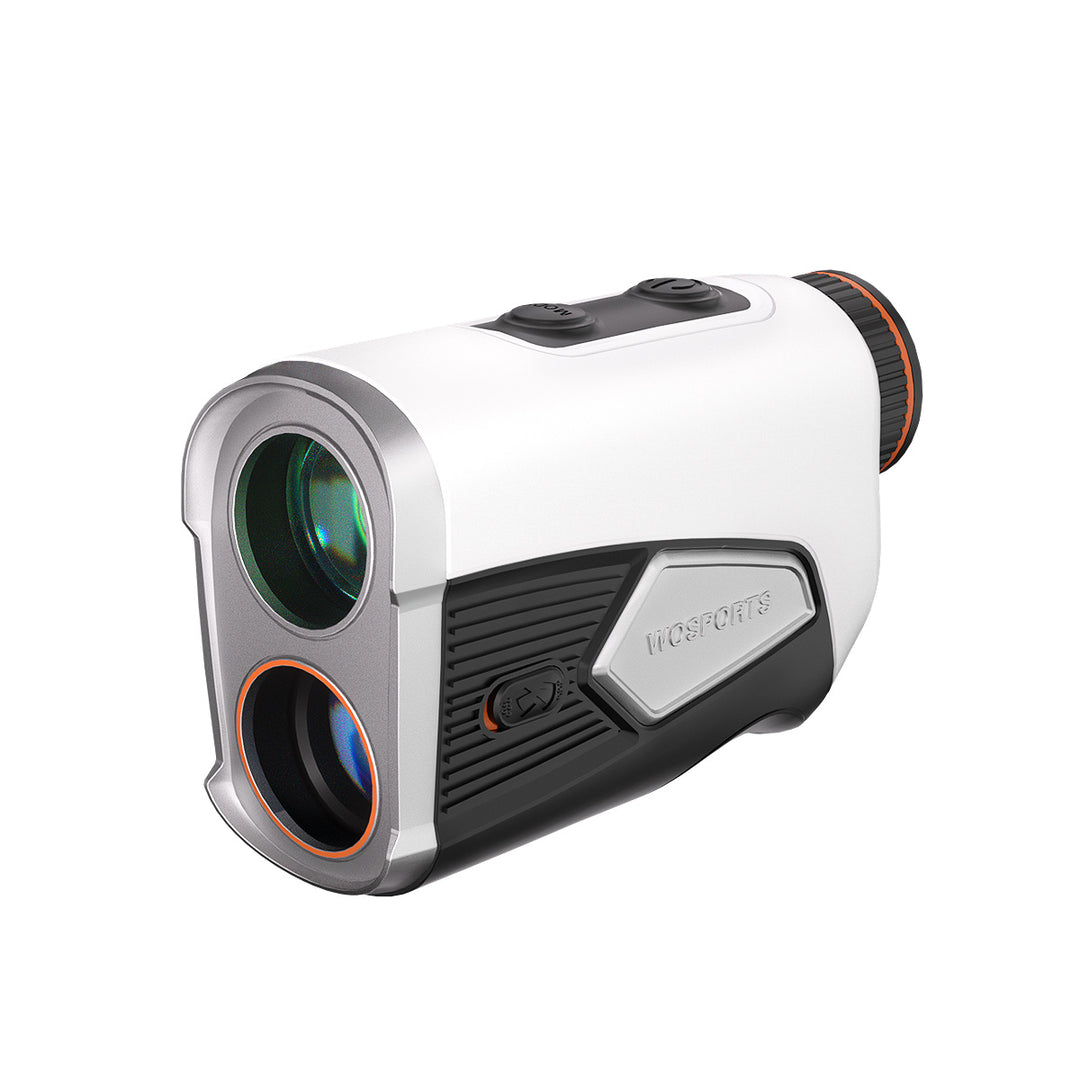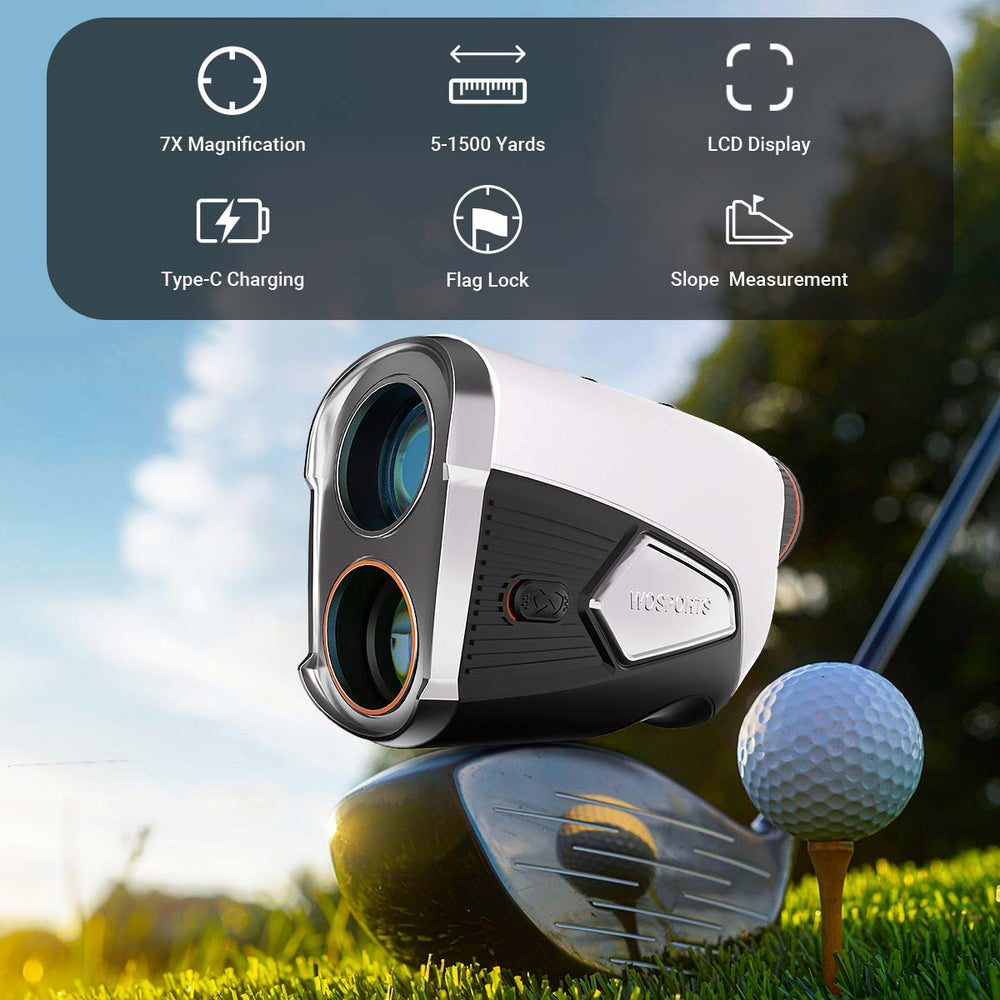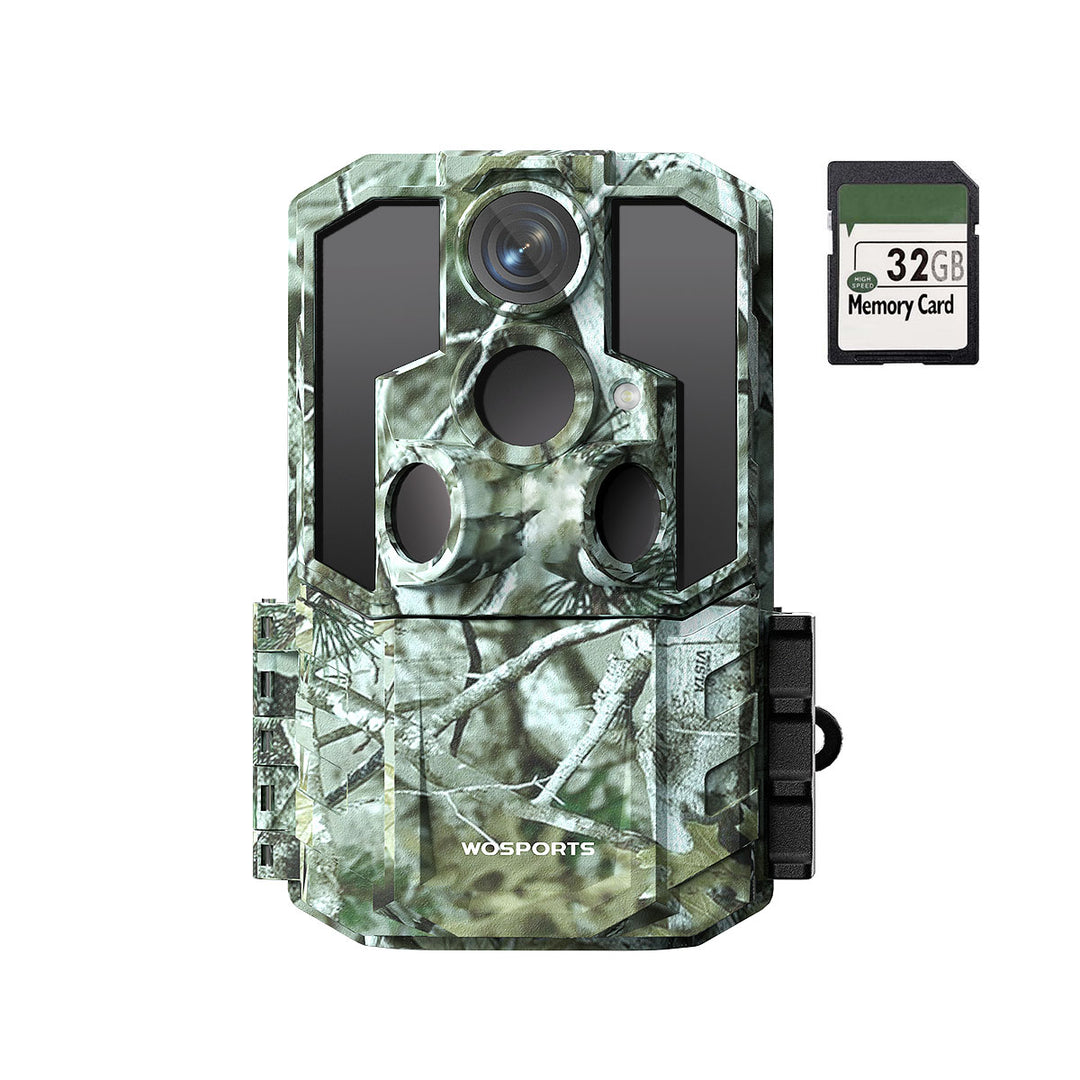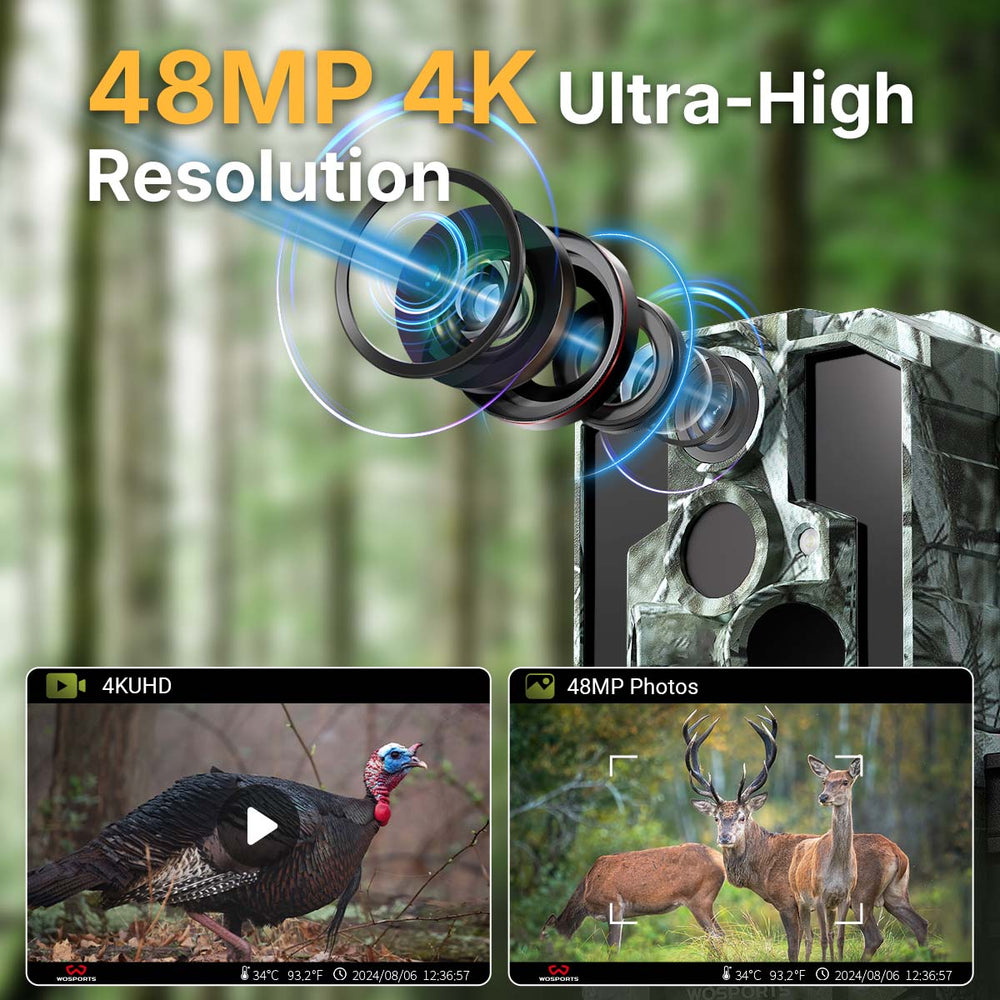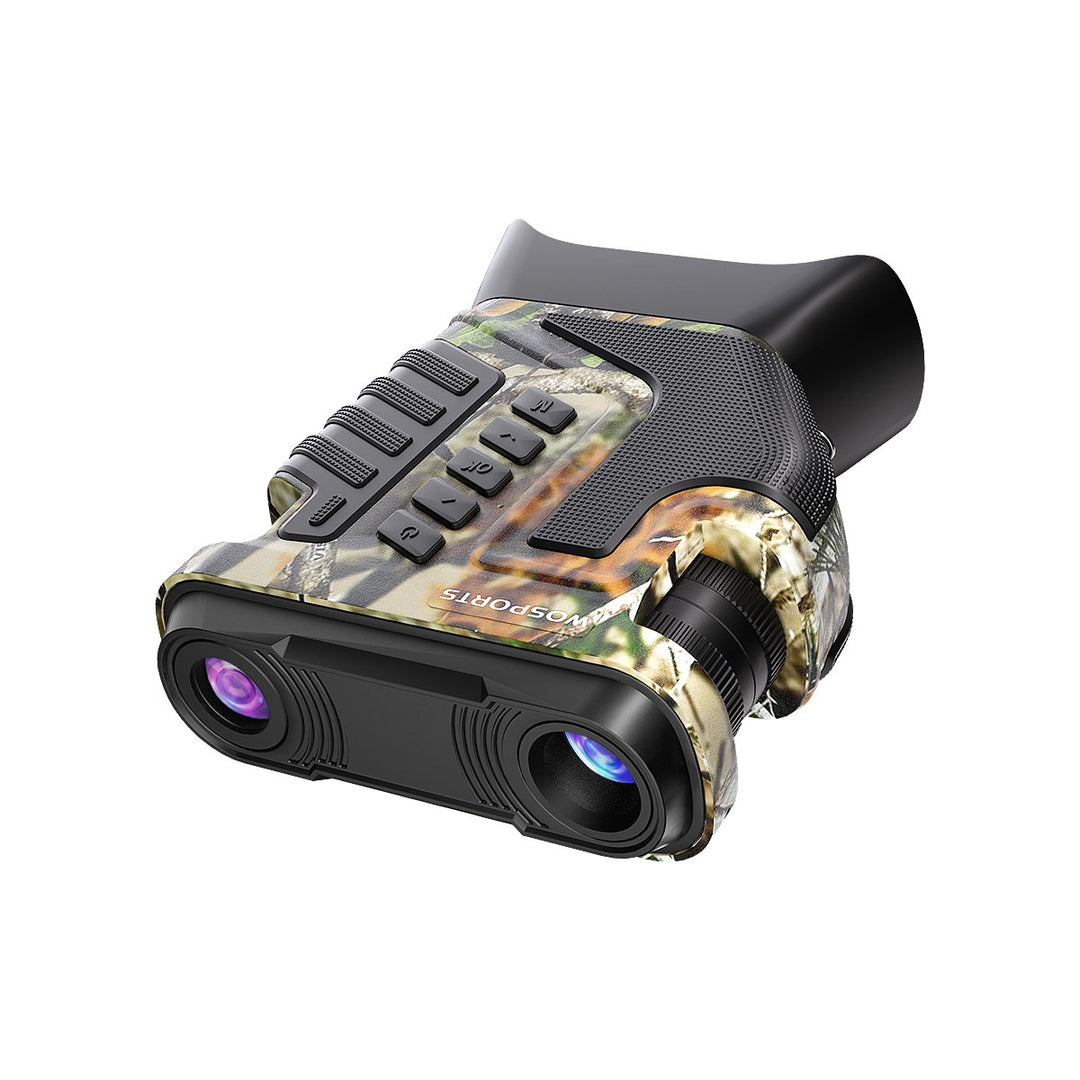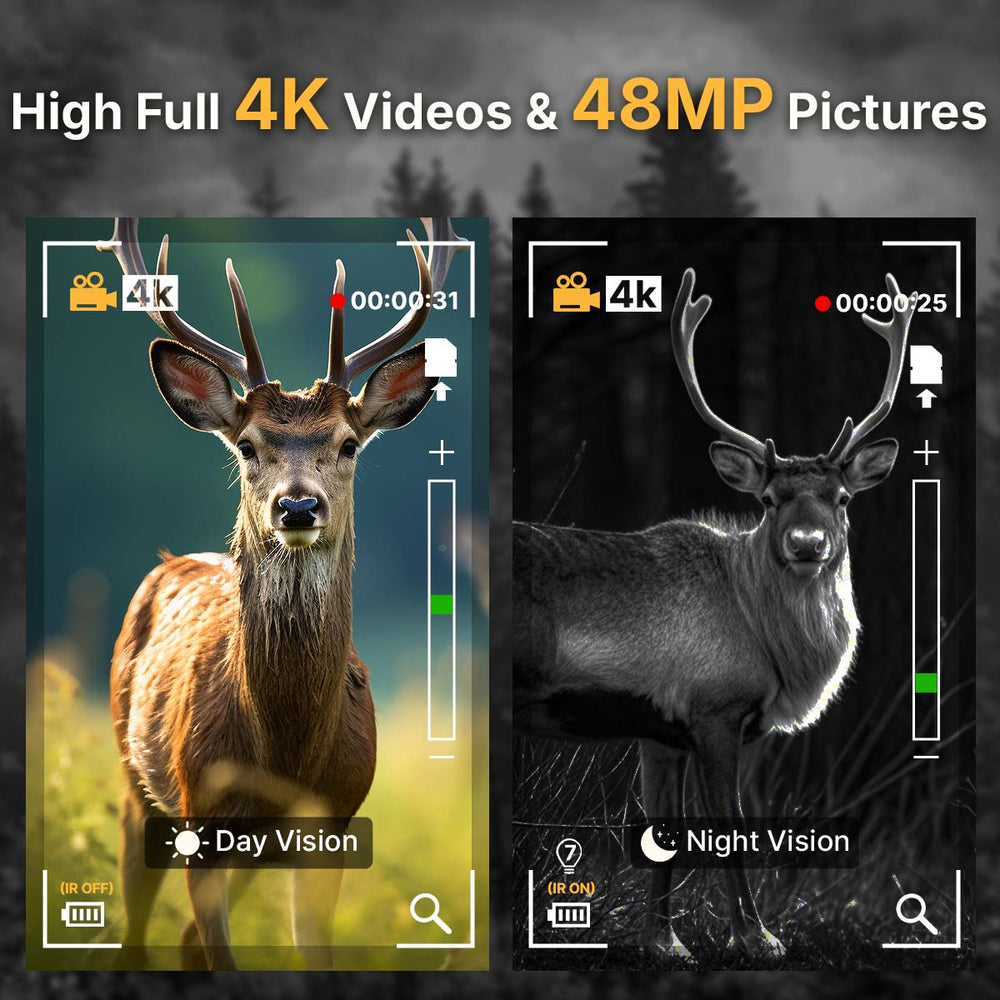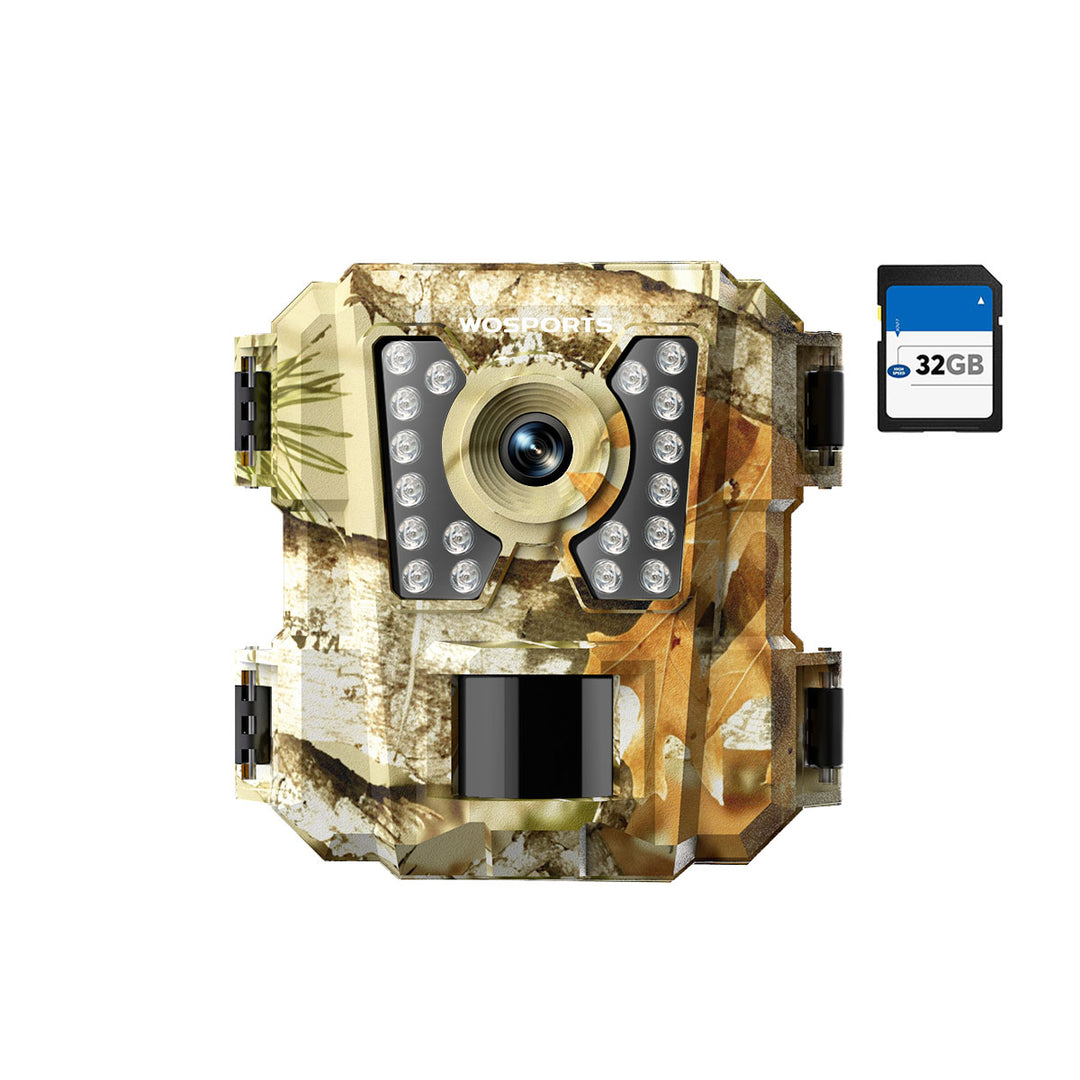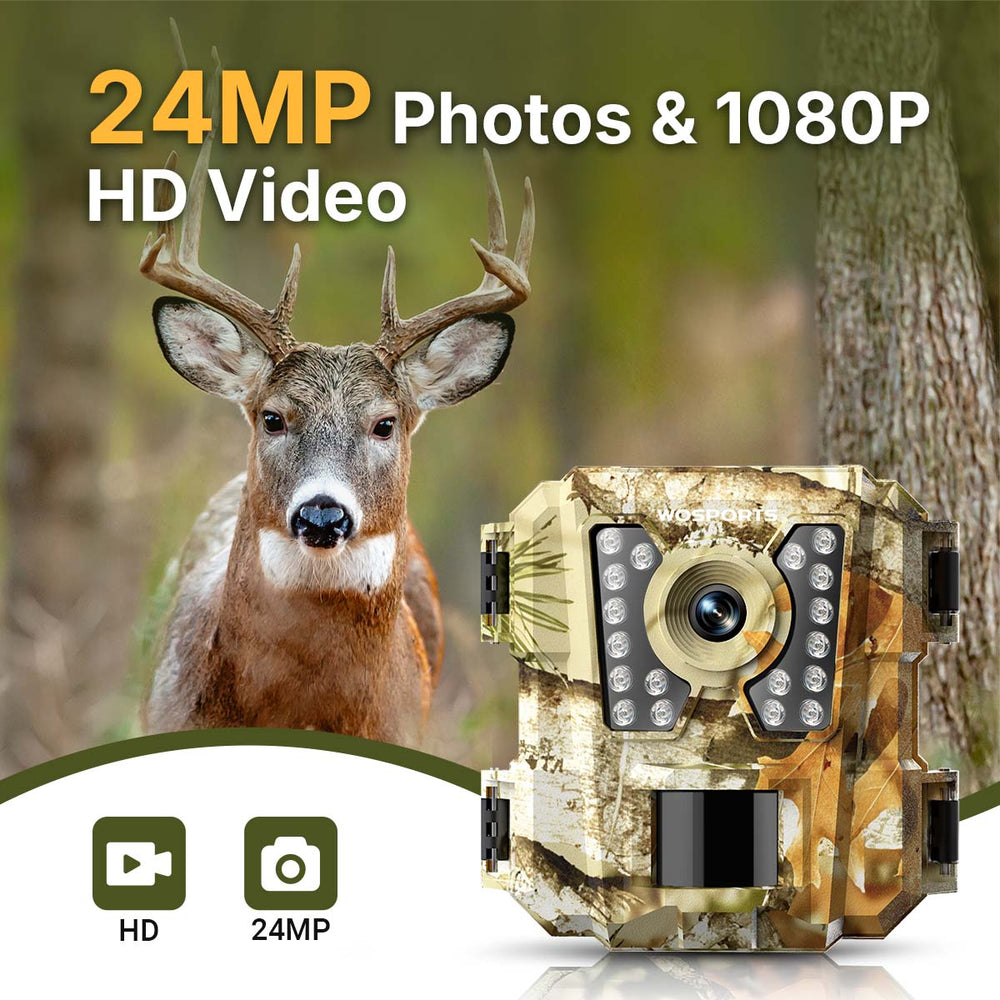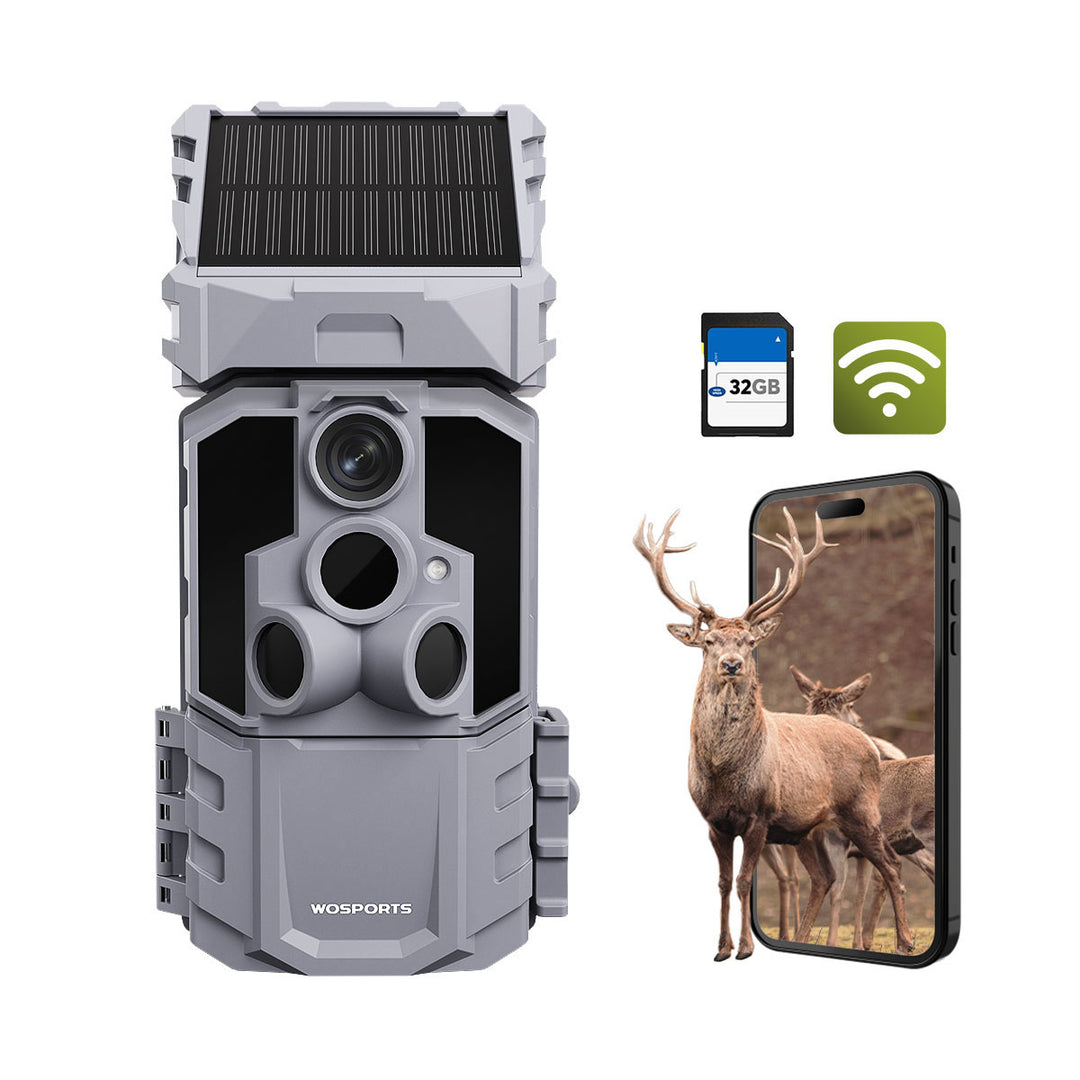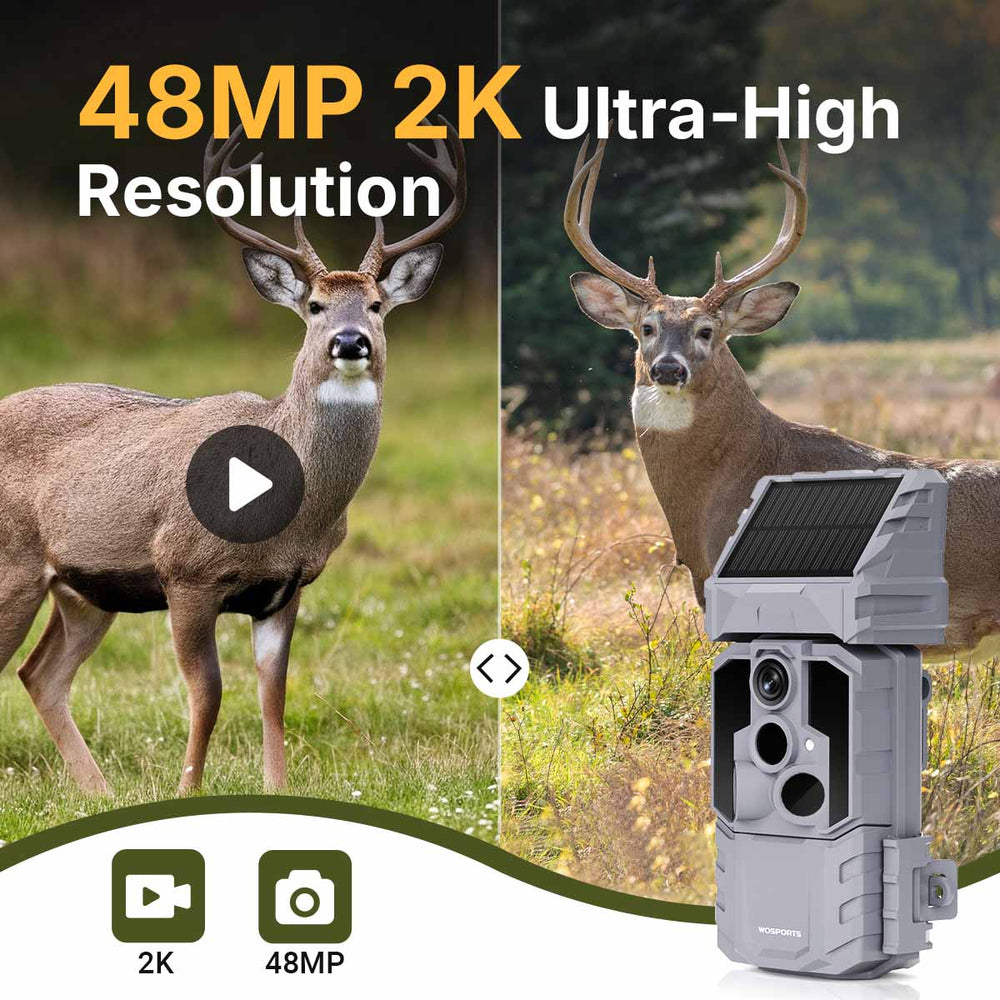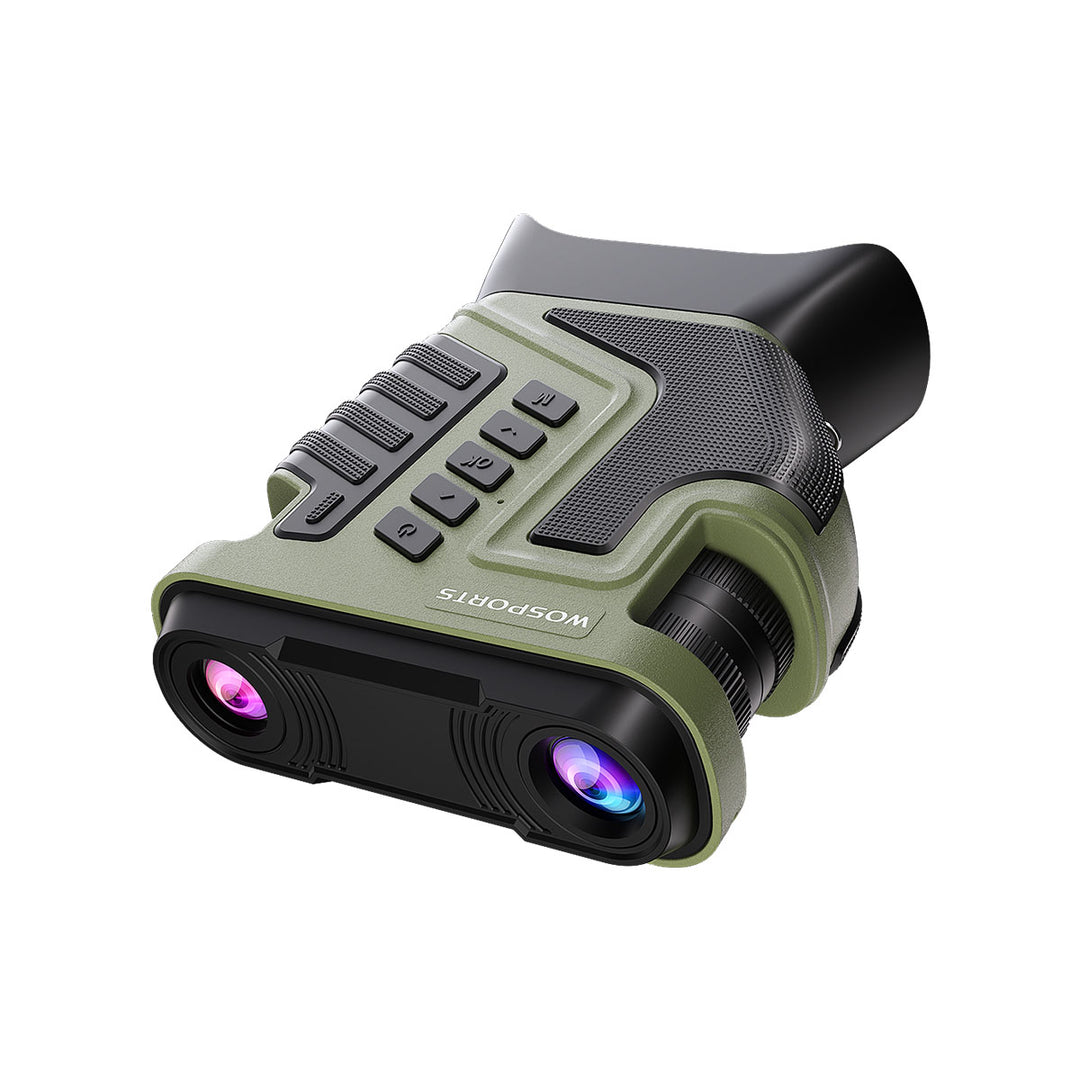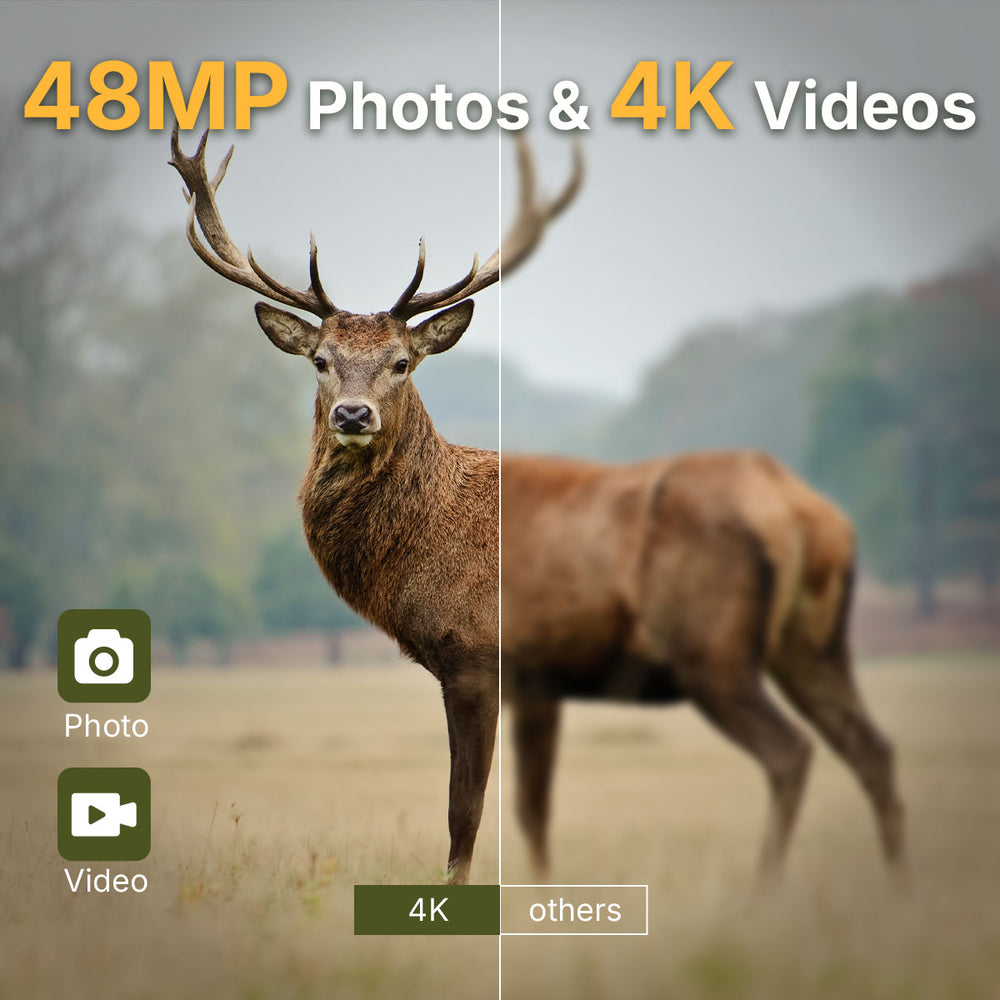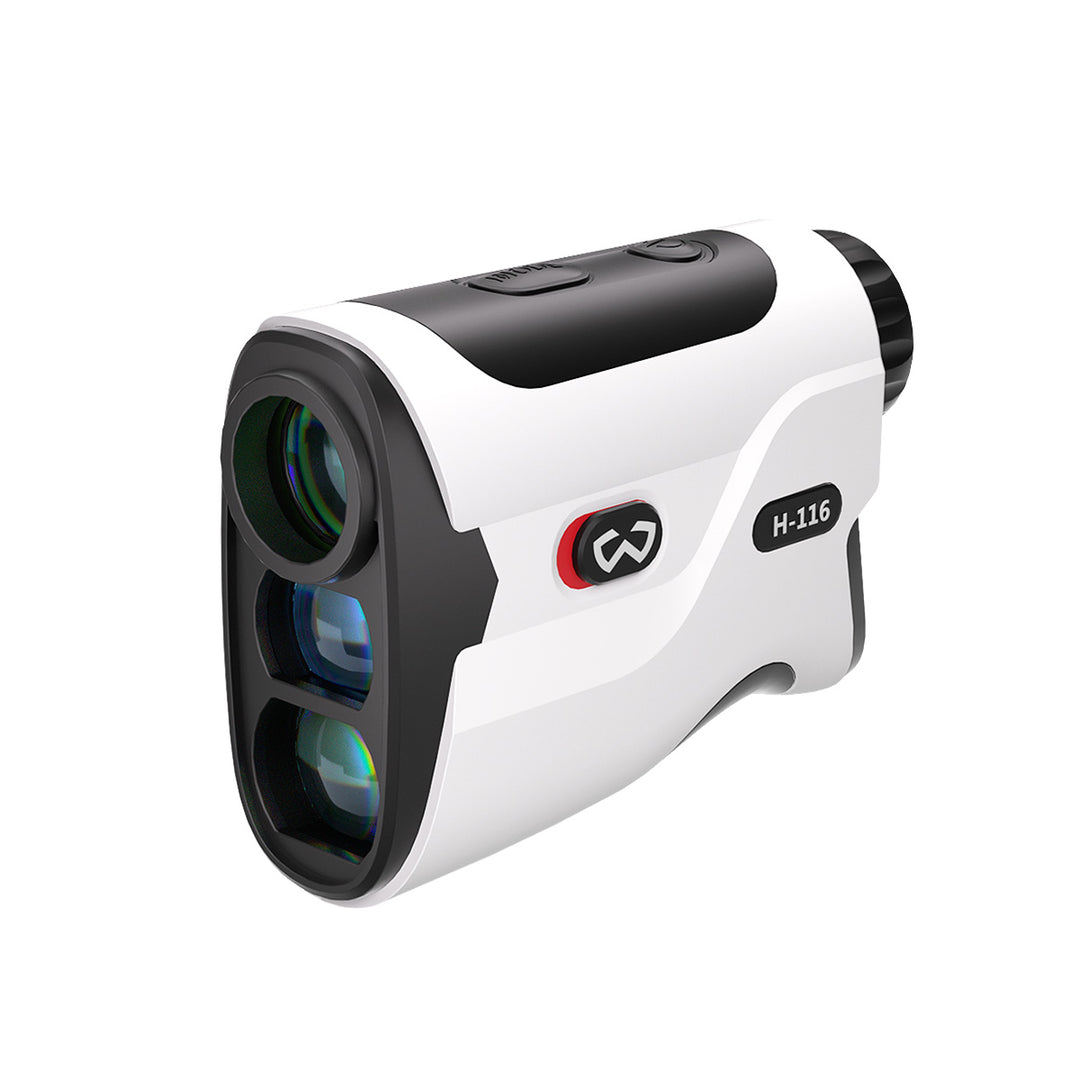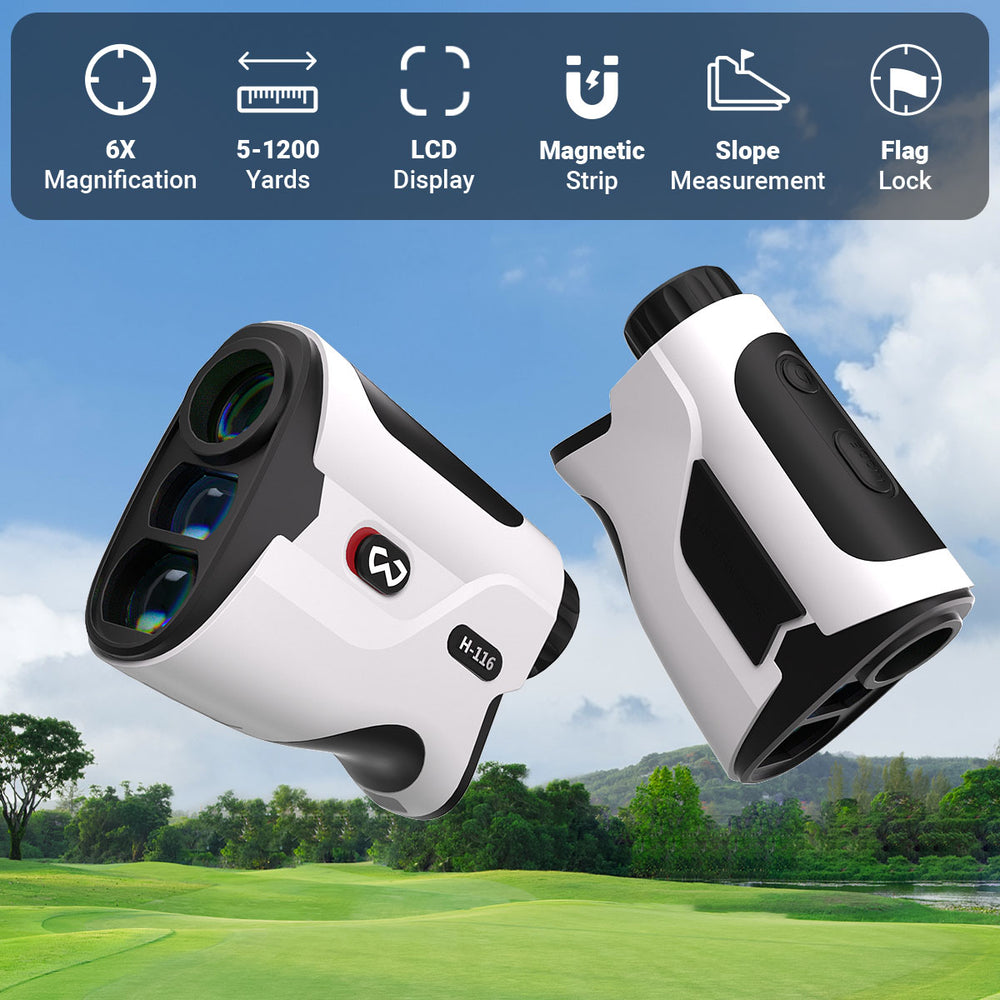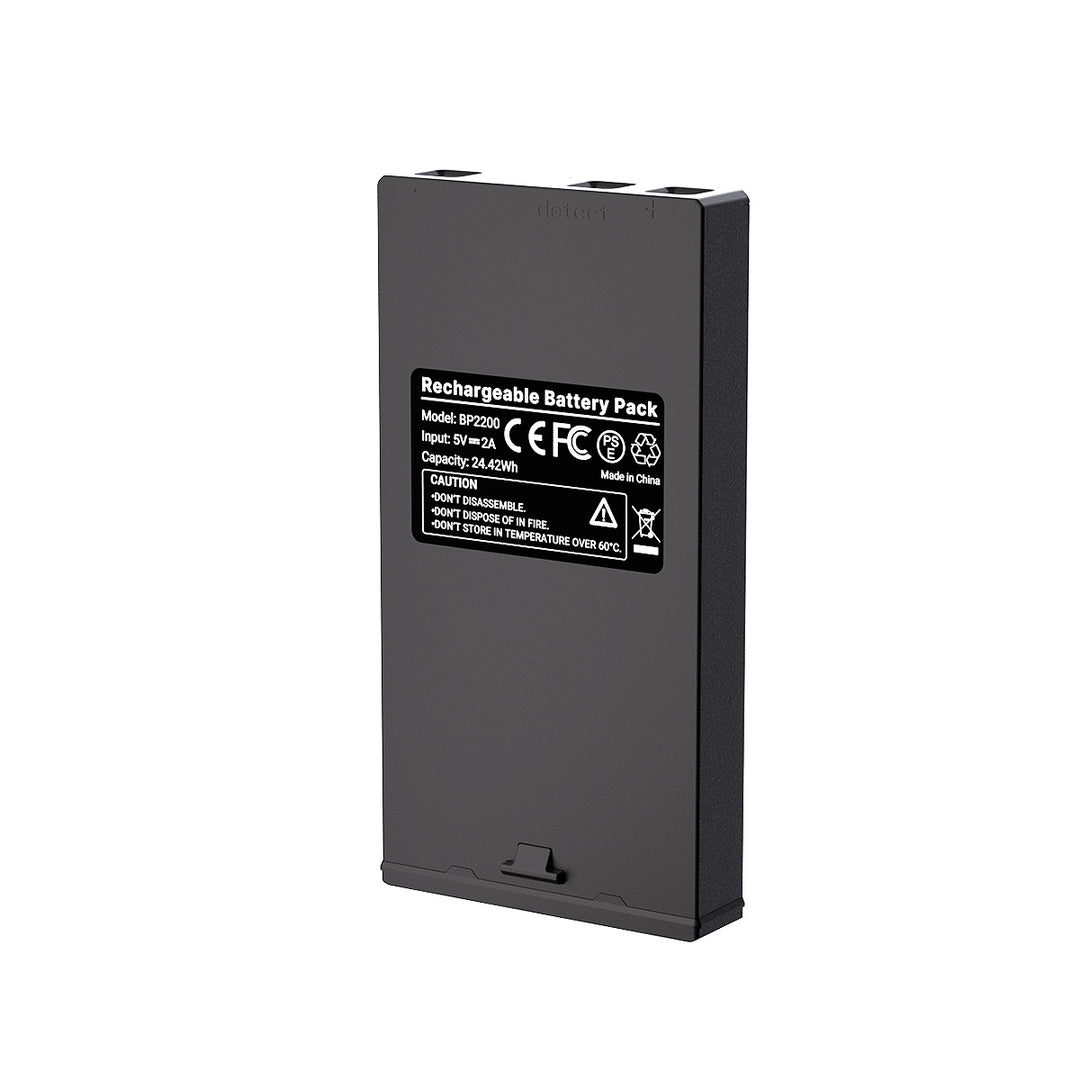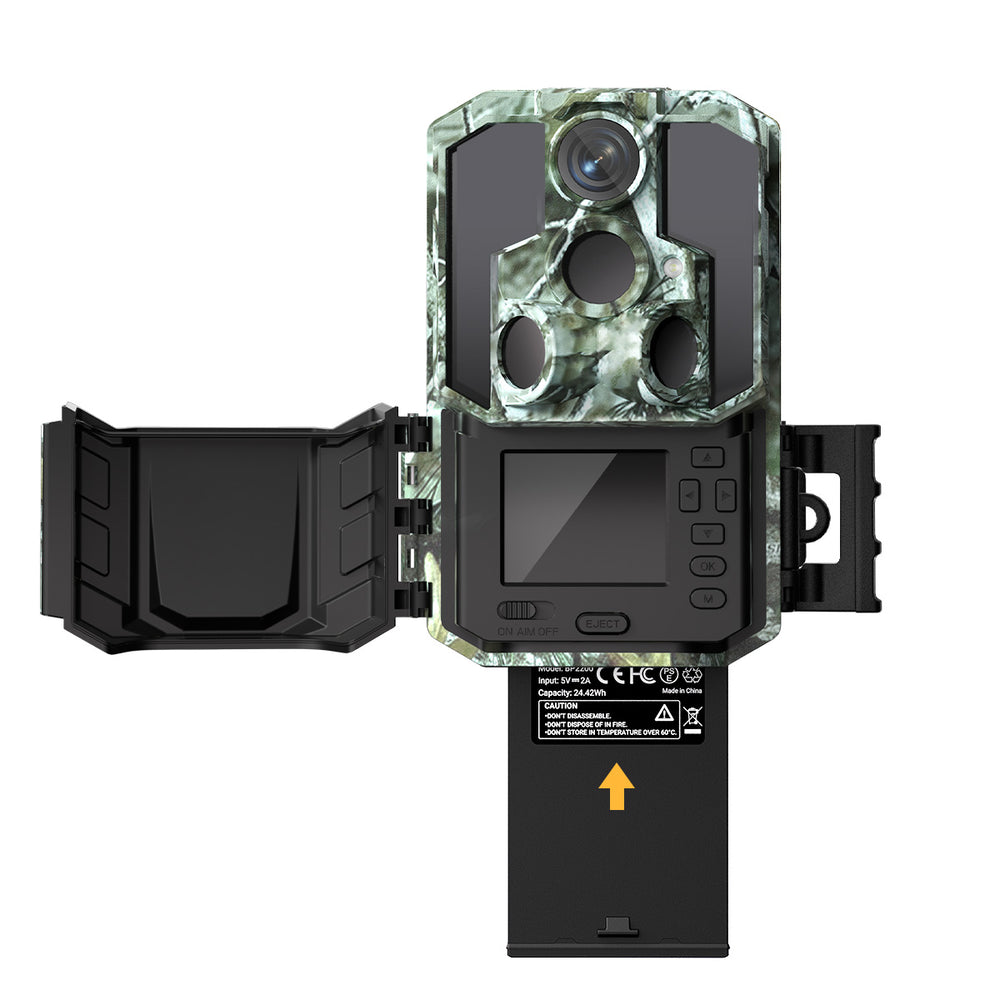What to Look for When Buying Night Vision Binoculars
Part 1. Types of Night Vision Technology
Generation 1, 2, and 3:
Gen 1: The most affordable option, offering basic performance with a visible green glow. Suitable for general use and short-range activities.
Gen 2: A significant upgrade, providing better resolution, longer range, and improved low-light performance. Great for professional use and long-distance viewing.
Gen 3: The highest quality, offering superior resolution and long-range visibility with minimal distortion. These are used by military and law enforcement for top-tier performance in total darkness.
Part 2. Magnification Power
Magnification is one of the most important features to consider when choosing night vision binoculars. It refers to how much larger an object appears when viewed through the lenses.
Higher Magnification (e.g., 10x or 12x): Ideal for long-range activities like wildlife observation, surveillance, or hunting. However, higher magnification can result in a narrower field of view (FOV), which makes it harder to scan large areas.
Lower Magnification (e.g., 5x or 7x): Offers a wider field of view, making it easier to scan an environment quickly. Best for short-range viewing and fast-moving targets.
Choosing the right magnification depends on the activity you plan to use the binoculars for. For more precision at greater distances, opt for higher magnification, but for broader area coverage, lower magnification might be the better option.
Part 3. Infrared (IR) Illuminator
The built-in infrared (IR) illuminator is a vital feature for night vision binoculars, as it helps enhance visibility in total darkness by emitting infrared light that is invisible to the human eye but visible to the binoculars.
IR Power: More powerful IR illuminators allow you to see further into the darkness. However, higher-powered IR can also drain batteries more quickly.
IR Settings: Some models allow you to adjust the IR intensity, offering flexibility based on environmental conditions.
If you plan to use your binoculars in complete darkness, a strong IR illuminator will make a significant difference in image quality and viewing range.
The WOSPORTS NV600 features an advanced 850nm infrared illuminator with 7 adjustable levels, ensuring exceptional vision even in complete darkness. This feature makes the NV600 ideal for any low-light environment, from nighttime wildlife observation to tactical surveillance.

Part 4. Field of View (FOV)
The field of view refers to the width of the area you can see through the binoculars at a given distance. It’s important for tracking fast-moving objects or scanning large areas.
Wide FOV: Ideal for activities like wildlife observation or surveillance, where you need to scan vast areas quickly.
Narrow FOV: Better for focused viewing of distant objects but can be challenging to use for tracking moving subjects.
When selecting night vision binoculars, consider the activity and environment you’ll be using them in. A wider FOV is better for fast-moving or unpredictable subjects, while a narrower FOV can provide better detail over long distances.
Part 5. Resolution and Image Quality
The resolution of the binoculars determines how clear the image will be. Higher resolution offers more detail, making it easier to identify objects, animals, or people at a distance.
Low-Resolution Models: Often cheaper, but can make it difficult to see details, especially in low-light or dark conditions.
High-Resolution Models: Offer sharper, clearer images, which are especially important when you need to identify targets or read text at a distance.
In addition to resolution, consider how well the binoculars perform in various lighting conditions. Higher-end models often feature advanced lenses that allow for clearer images in very low light, enhancing your viewing experience.
The WOSPORTS NV600 excels in image quality with 4K video recording and the ability to capture 36MP still images, ensuring vibrant visuals whether you're observing wildlife or recording important footage. You’ll experience stunning clarity and vivid detail, even in challenging low-light conditions.

Part 6. Durability and Weather Resistance
If you plan to use your night vision binoculars outdoors, durability is key. Look for features that will protect your device from the elements:
Waterproofing: Ensures your binoculars will function in rain, snow, or wet conditions.
Shock Resistance: Allows your binoculars to withstand drops or bumps without affecting their functionality.
Temperature Tolerance: Some models are designed to operate in extreme temperatures, whether hot or cold, which is essential for those in rugged environments.
A durable, weather-resistant model ensures your investment lasts, even when subjected to harsh outdoor conditions.
Part 7. Battery Life and Power Options
Night vision binoculars can drain batteries quickly, especially in models that feature powerful infrared (IR) illuminators. When shopping for binoculars, consider the following:
Battery Life: Look for models that offer extended battery life, ideally over 6–8 hours of continuous use. For those who plan to use their binoculars for long periods, rechargeable options are a good choice.
Power Options: Some night vision binoculars can be powered by rechargeable batteries, while others use disposable batteries. Rechargeable batteries are more eco-friendly and cost-effective over time, while disposable batteries may be easier to replace in remote locations.
Think about how long you need the binoculars to function without needing to recharge or replace batteries, and choose accordingly.
The WOSPORTS NV600 comes with a 5000mAh rechargeable battery, offering extended performance for hours of continuous use. Additionally, the included 41-inch Type-C USB cable allows for convenient external charging, making it ideal for long-term outdoor excursions or extended missions.

Part 8. Size, Weight, and Ergonomics
Night vision binoculars come in a variety of sizes and weights, and the right choice depends on how comfortable you want them to be for prolonged use.
Compact Models: Lighter and easier to carry, but may offer lower magnification or fewer features.
Full-Sized Models: Offer more advanced features and better magnification, but can be heavier and bulkier.
Choose binoculars that are lightweight and ergonomic, especially if you plan on using them for extended periods. Comfort is crucial for preventing fatigue during long nights of observation.
Search
Popular Posts
Recent Posts

Nov 28, 2024
Troubleshooting Common Trail Camera Issues
Jan 10, 2025
Why Does My Trail Camera Stop Working at Night?

































